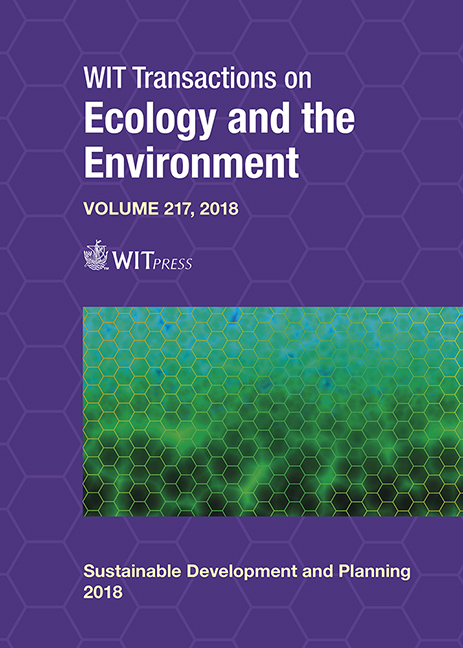TOWARDS HEALTHY URBAN DESIGN IN A RATIONALIST NEIGHBOURHOOD: A RESEARCH METHODOLOGY FOR THE MONTICELLI QUARTER IN ASCOLI PICENO, ITALY
Price
Free (open access)
Transaction
Volume
217
Pages
12
Page Range
213 - 224
Published
2018
Size
635 kb
Paper DOI
10.2495/SDP180201
Copyright
WIT Press
Author(s)
CHIARA CAMAIONI, ROSALBA D’ONOFRIO, ILARIA ODOGUARDI, ELIO TRUSIANI
Abstract
In 2012 the WHO’s Lancet Commission made a study of potential and innovative associations among the themes of health, social equality, and economic development in urban planning. While recognizing the so-called “urban advantage” for health, the study affirmed that this advantage is not absolute, but is supported by long-term policies and good planning of the urban environment, with a concentration on projects on different scales that involve both the communities and different institutional levels. Some cities have accepted this challenge, trying to build a method to design/regenerate the city, placing health at the centre and involving local populations, various interest holders, and experts. Ongoing experimentation currently concentrates on two themes: methods of evaluating the state of health of cities and quarters and the identification of design proposals consistent with the objectives of health and well-being, which, based on the assessment process, can be improved and made more efficient. This contribution proposes a proper methodology for project assessment, currently in the first phase of experimentation, in the rationalist quarter of Monticelli in Ascoli Piceno (Italy). It is supported by some reference experimentation, including “GO! Utrecht” from the Netherlands National Institute for Public Health and the Environment, the Healthy Urban planning check list from the London Plan 2016, and some experiences developed by the City of New York (Active Design Guidelines, etc.).
Keywords
healthy urban planning and design, healthy neighbourhoods, healthy urban profile





